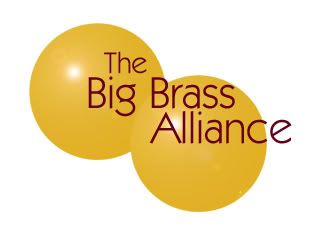Debt Spiral
Last Sunday's New York Times Magazine was a special issue dedicated to the topic of debt in America. It's wonkier than a roomful of economists, but it's also pretty fascinating stuff. Read it just before paying your next credit-card bill.
Jackson Lears on Americans' historical love of debt - and of moralizing against it:
As the history of debt in America shows, condemnations of extravagance can obscure more than they illuminate. The equation of debt and decline assumes that once upon a time Americans lived within their means and saved for what they bought. This is fantasy: there never was a golden age of thrift. Debt has always played an important role in Americans' lives — not merely as a means of instant gratification but also as a strategy for survival and a tool for economic advance.Niall Ferguson on the growing danger that our combined household and governmental debts may overwhelm our society:
Jon Gertner on the staggering burden imposed by student loans on recent grads:The dinosaurs, we conjecture, succumbed to global climate change. The American beast — call it debtlodocus — faces a comparable economic challenge. The global economic climate seems to be changing. We hear no more talk of deflation; we hear a lot about rising rates.
For America's giant, dinosaurlike economy — with its small, wealthy head; its big, fat middle; and its long low-income tail — there is a tried-and-tested response to a change in the weather. Dollar depreciation and inflation have saved the debtlodocus before. The assumption seems to be that they will do the trick again.
Yet this time may be different. For sinking like a velociraptor's fangs into the tail of the debtlodocus are interest-rate hikes that may outpace and check any increase in inflation. And no one knows when and how violently the leviathan may react to this slowly discernible pain.
It is too soon to speak of extinction, of course. But one obvious inference to be drawn from the British experience of an indebted empire and a sliding currency, as well as from the history of the diplodocus, is that eternal life is not on offer.
A striking aspect of America's educational system is the fact that extensive changes in the financing of higher education over the past three decades have failed to inspire a groundswell of discontent. The transformation has been relentless: as the expense of paying for teachers and research has risen, the cost of educating each student has risen, too. That cost, however, is not the same as what a student pays in tuition. State colleges have long been heavily subsidized by state governments, a factor that has kept tuition manageable and, in many cases, even quite low. Yet these subsidies have diminished over the past couple of decades, forcing students (or parents) to shoulder more of the costs. This evolution can be seen as another form of market privatization... Tthe free-market transition has produced benefits: hundreds of small colleges that otherwise might have been expected to close have flourished instead, and the percentage of high-school students who go on to college has risen steadily. At the same time, however, complex financing schemes have become a fact of life for students and their families. Those from middle- and lower-income backgrounds for whom financial aid falls short — federal grants have not kept up with tuition costs — have taken on loans that are more likely to be onerous and, in many instances, life-altering.





:: ::
::